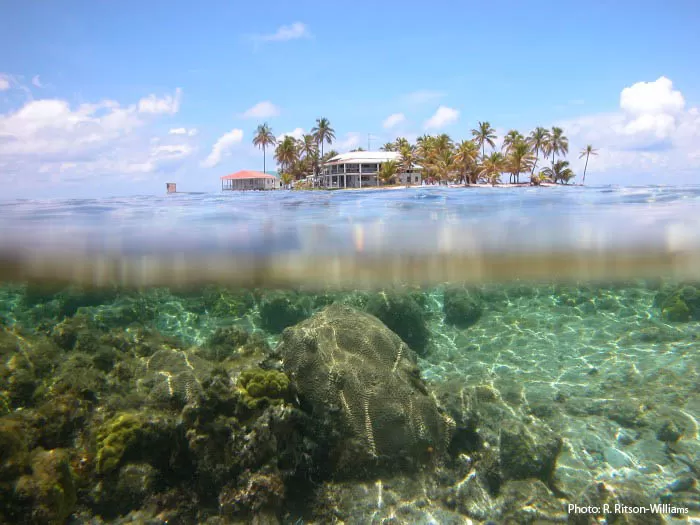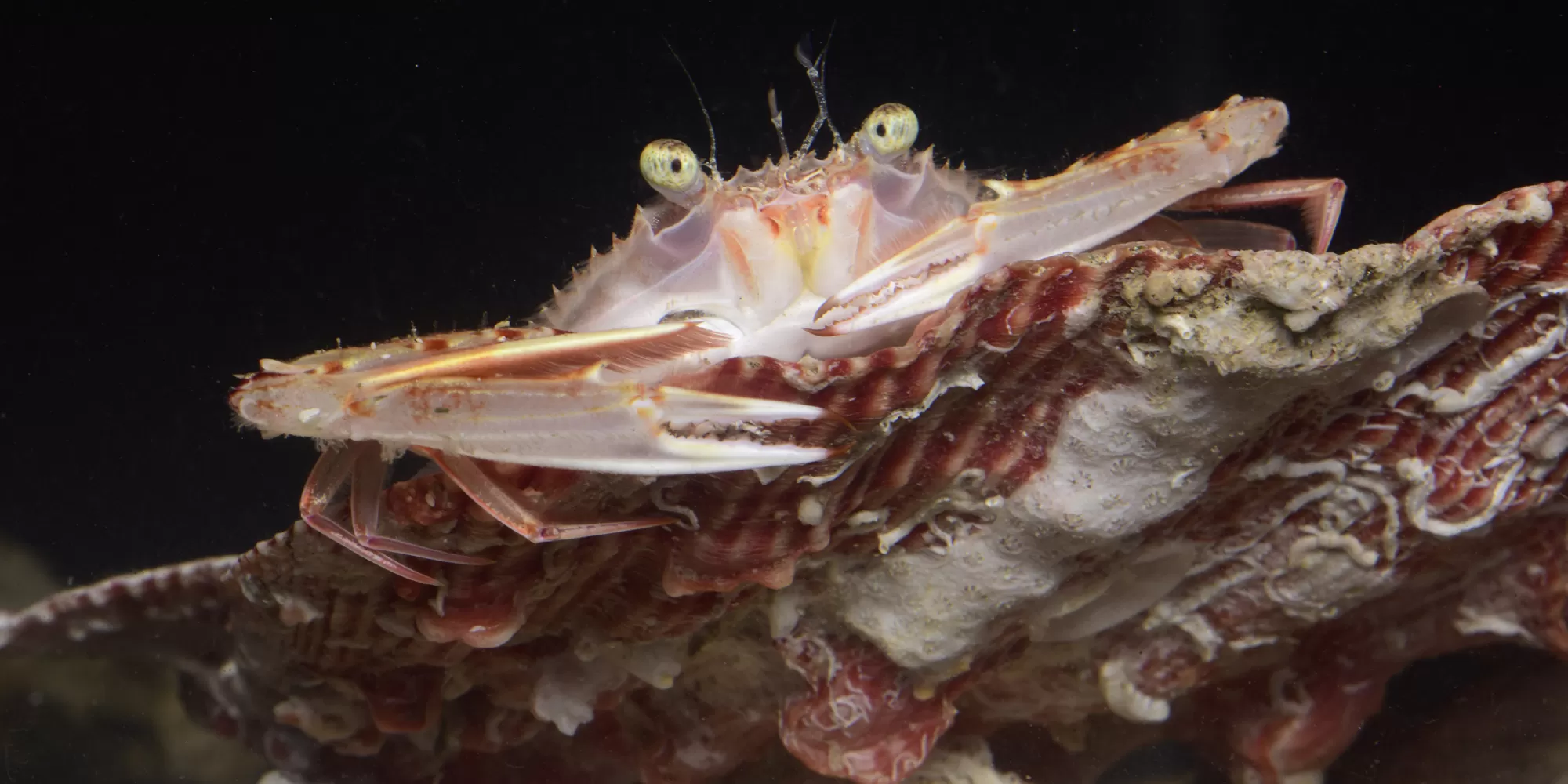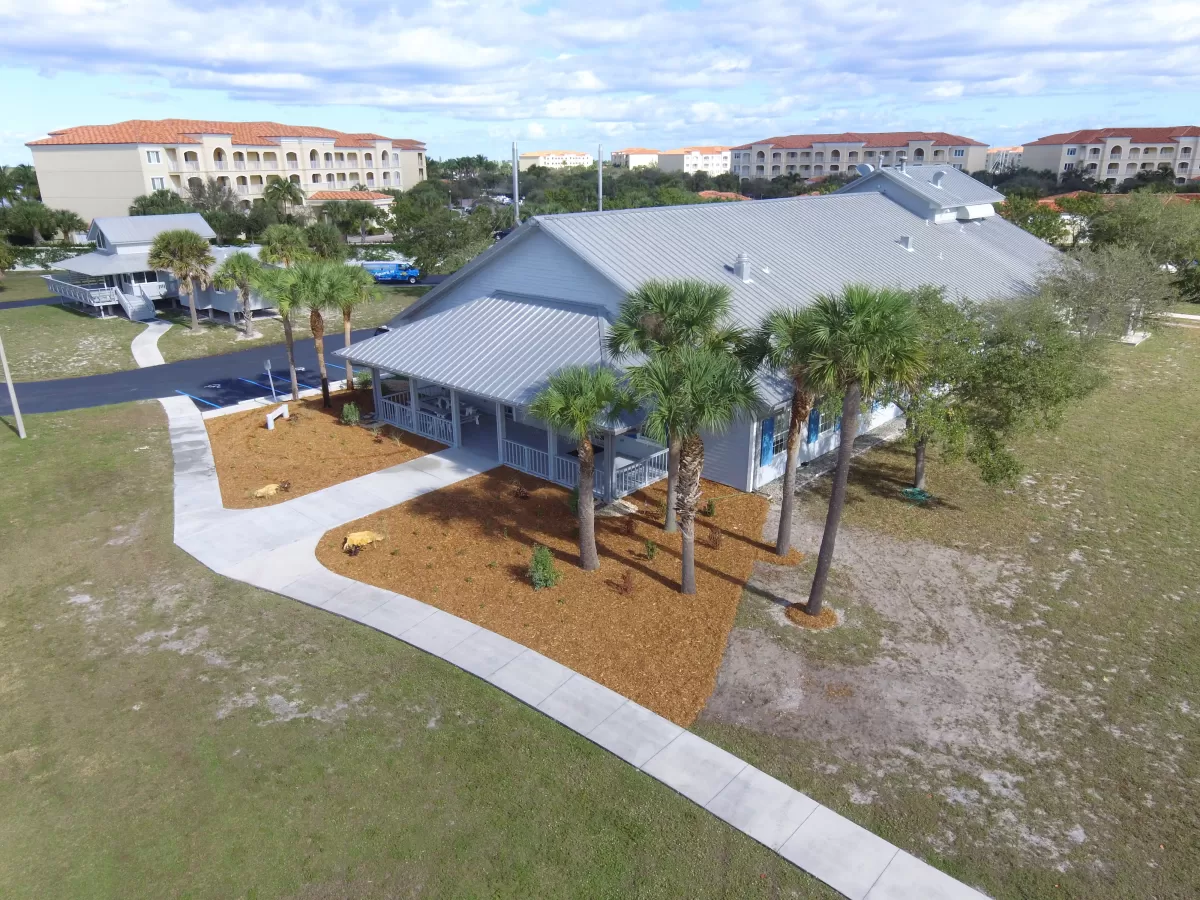
Search

Department of Invertebrate Zoology
Research Support Facilities
Our mission at the Department of Invertebrate Zoology expands far beyond our research at the Natural History Museum and the Museum Support Center. Additional research is conducted at a number of off-site Smithsonian facilities.
Caribbean Coral Reef Ecosystems Program

The Caribbean Coral Reef Ecosystems (CCRE) Program is a long term field site dedicated to investigations of coral reefs and associated mangroves, seagrass meadows, and sandy bottoms. Field operations are based at the Carrie Bow Cay Field Station on the Meso-American Barrier Reef in Belize.
Carrie Bow Cay Field Station serves as a permanent site in the Smithsonian's Tenenbaum Marine Observatories Network, a global-scale network of sites which spans latitudes and ocean basins. For over forty years, research at Carrie Bow Cay Field Station has focused on the topography, origin, geological development, and oceanography of the Meso-American Reef and its numerous islands, as well as the biodiversity, evolution, and ecology of its organisms and communities.
Smithsonian Marine Station at Fort Pierce

The Smithsonian Marine Station (SMS) at Fort Pierce, Florida is a research center specializing in marine biodiversity and ecosystems of Florida. Research focuses on the Indian River Lagoon and the offshore waters of Florida's east central coast, with comparative studies throughout coastal Florida.
The Station serves as a field station which draws scientists and students from the Smithsonian and collaborating institutions around the world to investigate the plants, animals and physical processes in the ocean and Indian River Lagoon. Information uncovered at the Marine Station is published in scientific journals and forms the basis for effective public policies, conservation efforts, and resource management.
Smithsonian Tropical Research Institute

The Smithsonian Tropical Research Institute was founded with the purpose of increasing and sharing knowledge about the past, present and future of tropical ecosystems and their relevance to human welfare. This work began in Panama in 1910, when the Smithsonian led one of the world’s first major environmental impact studies, which surveyed and catalogued the flora and fauna of the lowland tropical forests that would be flooded with the creation of the Panama Canal. A century later, the Smithsonian in Panama is a standard-setting global platform for groundbreaking research on tropical forests and marine ecosystems and their astounding biodiversity.